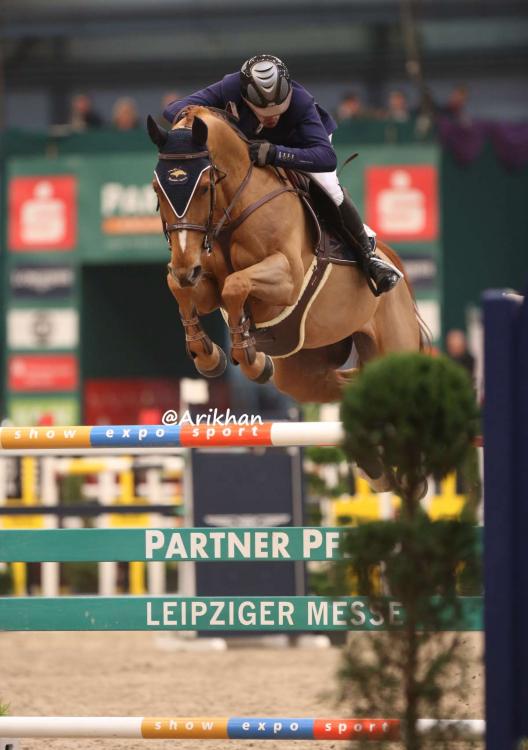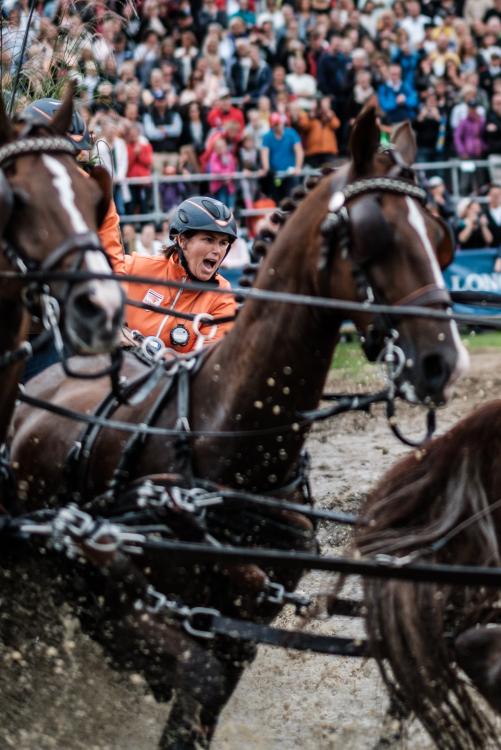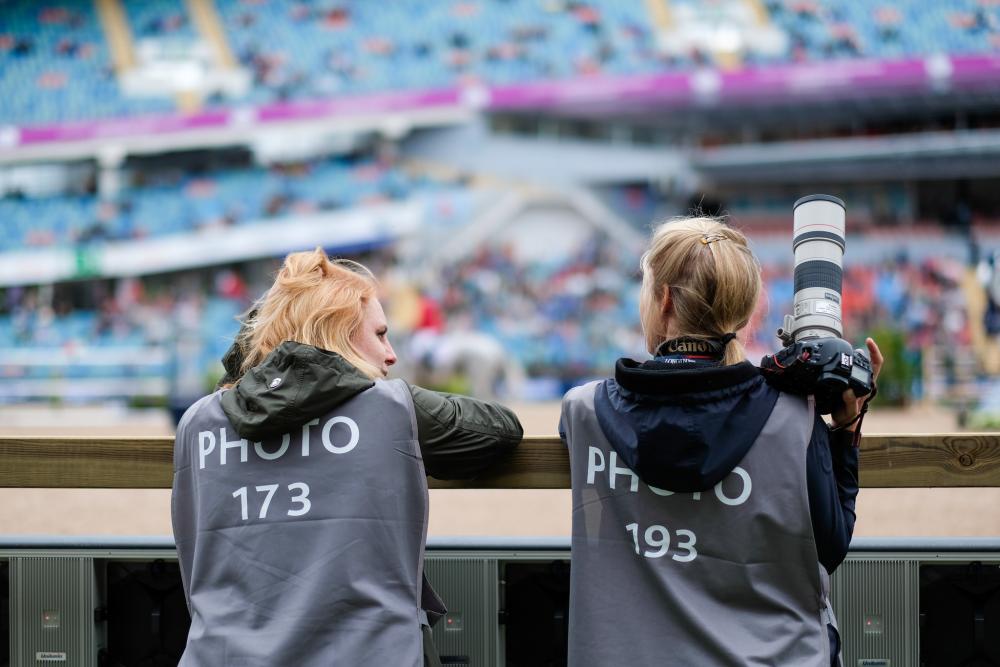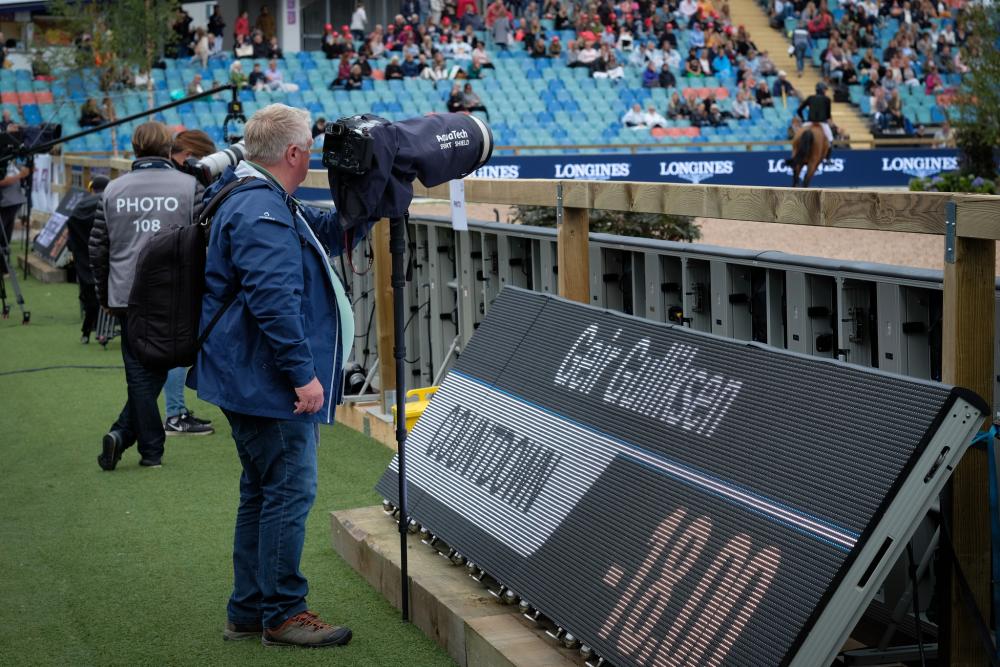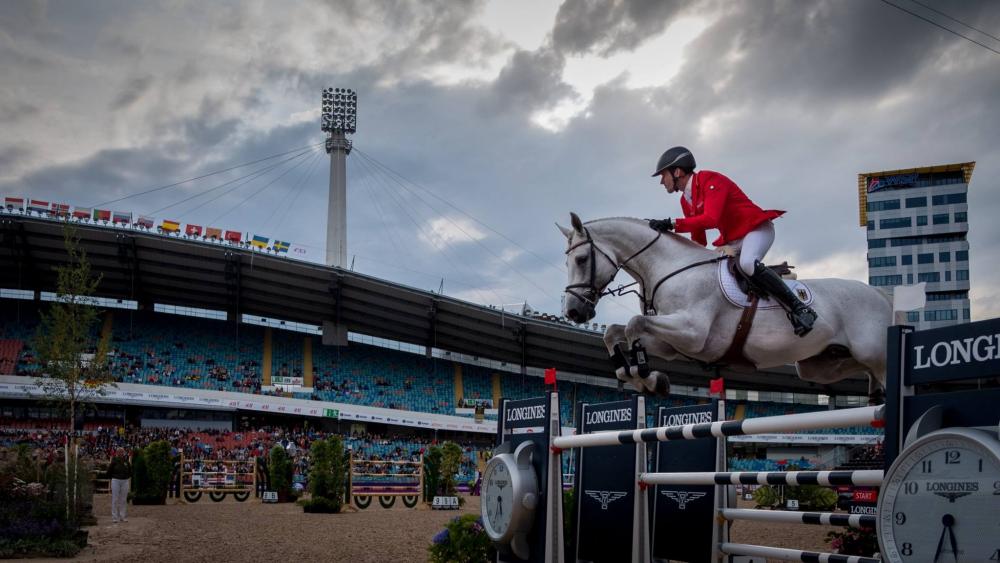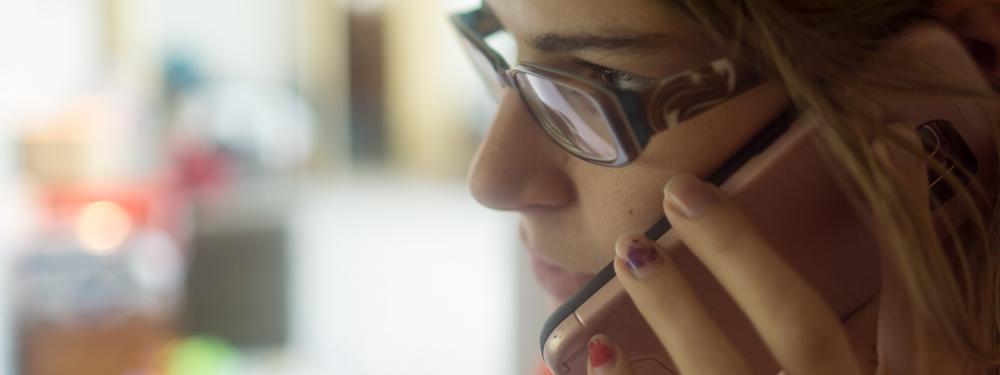Leaderboard
Popular Content
Showing content with the highest reputation on 09/11/2017 in all areas
-

"Canon killed 1D C after just 9 months"
Canonnuser and 3 others reacted to Andrew Reid for a topic
I don't consider removing features like Canon LOG a committed spec bump for video users. The 1DX II is the kid at school who could have been president if only he did his homework. So two things going on here... the market for professional photo journalists and sports shooters... And the market for consumer electronics and televisions. In the photo journalist market Canon and Nikon rule and it is very hard to break the deadlock, props for Sony to try with the A9 but it's a first effort in a VERY long haul, especially to break the stranglehold of the Canonikon lenses. The consumer electronics market, the 1DX and D5 are nowhere, they don't often appear in shops or even on Amazon, and that is where 4K is most important for Sony and Panasonic, because it doesn't just sell cameras, it sells TVs and other AV equipment as well. Canon don't make TVs so they don't think they need to be a part of the market. Where this will hurt them is with the pro video and rental market, and with us enthusiasts... They are dropping the ball. The C300 II wasn't as successful vs the FS7 and FS7 II, as Canon would have hoped for, and it has already had a big price drop or two. The C300 is old, past it, people are selling them in large quantities... how do I know that? Because the used price has fallen so much (increased supply vs falling demand). The C200 II is the real replacement for the C300 but the reception has been lukewarm and the codec isn't competitive vs Sony. Perhaps they will drop the C300 II price further or quickly bring out a Mk III instead and drop the C200 down a peg. The reason the C-EOS camcorders are going to struggle due to poor video on Canon DSLR range is complex but all to do with the eco-system of EOS bodies, EF lenses, halo effect, marketing, brand perception, upgrade paths, up-selling, enthusiasts turning pro, all sorts of factors. Canon need to get a grip and fast.4 points -
I work in documentary TV and what I have seen in 5 years is exactly what you are talking about Andrew - a lower/mid budget set up would be C300 and 5Dmk3 and cinema cameras would be sony or arri to now FS7, A7S2 and then a cinema sony or arri. Canon have LOST a huuuge market with doc makers, everyone is pretty much using FS7s because they are more versatile and shoot beautiful images, they like the A7S2s because they are small, can chuck their EF lenses on it with speedbooster and shoot in crazy low light. We had an in house C300 up until recently, but sold it due to it not being used in a year. We also have a couple of 5Dmk3s and they only get used for stills these days. I remember seeing the 1DC on a shoot and thinking how incredible the footage and that this may be how all their cameras would go... but... nope I think they got greedy and wanted to push everyone on to their C-1/2/300s, they could have cornered the market! just imagine a 5DC and 1DC line running alongside the still camera lines with all the potential magic lantern unlock .. that massive error twinned with disappointing stills cameras being produced, can't see them keeping their dominance for much longer3 points
-
The odd thing about Sony with that camera is I'm not even really seeing them trying that hard to break in. I was sure that I'd have seen at least ONE shooter using them at the Champions League final, for example, but there were absolutely none. Asking around the press room and no one had been approached and offered one which I just found really odd. So, once again, the only freak shooting on mirrorless for the game itself (a few people use mirrorless for general build up shots) was me I'd have thought they would have approached us via our national and European press associations offering roadshows or open days or whatever but there's been absolutely nothing. The resistance wil always be about the glass of course when they do but even so its still surprising. One thing that is a bit of a misnomer though at least for sports photographers covering pro sports is the concept of a hyrbrid camera. The rights issues involved for motion versus stills makes it a complete non-starter and its expressly forbidden in our accreditation agreements. Rightly so of course as broadcasters pay literally billions of pounds to cover an event whilst we photographers pay zero ! Putting the camera into Live View mode is enough to set the alarm bells and risk ejection from the event. Its why stills extraction isn't a real thing at pro level either because the very act of filming is forbidden itself irrespective of if you then want to deconstruct it.3 points
-

Kinemini 4k – whats the story?
EthanAlexander and one other reacted to Andrew Reid for a topic
Quite possibly. I've been out of touch with them for a year or so now. https://hdvideoshop.com/en/ Sounds like the start of one of Joe's Nofilmschool articles... "We have always taken pictures with cameras, a camera makes images."2 points -
@Mattias Burling I shoot horse sports (including World Cup events) for years now...NEVER seen a mirrorles camera in the hands of a press or horse photographer. The German market in horse sports event area is clearly dominated by Canon. Considering this fact, I have to agree @Andrew Reid, saying Canon missed some good chances...It did...Though they offer one of the most reliable video AF methods at the moment, they missed the opportunity to get the Canon photographers - using their DSLRs - into their "video boat". OK, there is a big separation in Germany between photo and video journalism, but still...Canon did nothing to inspire or to educate Canon DSLR owners to shoot video. The MJPEG codec is for 99,9 % of my colleagues BS, they simply don't have the computering power to edit this kind of footage and most of them simply refuse to handle this big amount of data... @Andrew Reid Yes, there is a separation between "pro" journalism and prosumer/enthusiasts oriented market. But - as I already said - even the video journalism is in Germany completely in hands of small sensor cameras (broadcast standard, 3CCD, etc.). Canon XF200 --> 305, etc. rule with their overpriced devices and mushy image quality. During the last three months, I've even seen some Sony EX1... BUT: These facts show too, that the "mirrorless/DSLR video revolution" is more a parallel universe created by loud first movers than a reality nowadays. Dedicated video cameras rule - probably.at max. 3 percent of video market. Rest of video market is ruled by smartphones...2 points
-
"Canon killed 1D C after just 9 months"
Gregormannschaft and one other reacted to Mattias Burling for a topic
I covered the European Championships in horse racing, jumping, dressage, etc. A full week. Among the pro shooters there where 1 using mirrorless. Me. All others had Canon. I walked around the whole arena and spotted maybe 5 Nikon. The rest was Canon. 0 Sony. 0 Panasonic. Among the friends and family of the riders, their coaches, etc there where some others. 1 Olympus, 3-4 Panasonic. And surprisingly at least 5 DJI Osimo or what ever its called.. And I understand them 100%. My Fuji X-Pro2 and X-T20 worked perfectly to capture the action. But that is because I know where the horses will be. Where they will turn, jump and so on. But these guys and gals (lots of women pro photographers among horses) might have to capture a soccer game tomorrow. And then the tracking of my Fuji wouldn't cut it. I worked covering the veterinarians and have not need for fast action.2 points -

"Canon killed 1D C after just 9 months"
Canonnuser and one other reacted to Francesco Spiezia for a topic
I am still an avid 1DC user mainly because it hits my checklist of needs and I love the image science. The sad truth is Canon will continue to dance around in the market between DSLR and 'Video Cameras' never truly creating a reliable roadmap for the user. Canon is the kid in school with all the potential but never applies himself fully.2 points -

What about underexpose a tad bit?
EthanAlexander and one other reacted to Benjamin Hilton for a topic
I am sorry for not being clear, but this is not what I am saying. I am saying take the half a day to test each camera you will use yourself with the metering method you will be using in the field. Then when you are in the field, you will know exactly how to expose with your camera so you can get it right the first time.2 points -
Nice video but zero calorie post. You could write horoscopes. You are basically saying shooting everything 18 times and keep the best take, you face different light environments, you can use different cameras, you can use different ways to light meter, you can use different isos, and you can't actually help anyone because they have to work things out themselves despite having shot some films outside the USA in the rain. @Emanuel Lift the shadows by exposing to the right if you can as this will reduce noise in post and you can drop them back down. If you are not seeing noise then lift in post to your hearts content. Use zebras to not blow the highlights. If the highlights are the main subject then don't have them at 100 like normal, especially if they are someone's face.2 points
-

"Canon killed 1D C after just 9 months"
Eno reacted to Andrew Reid for a topic
Those hoping for a follow up to 2012's Canon 1D C may want to curb their enthusiasm. Read the full article1 point -
I have done ton of color work in the new one - zero crashes. It's good. I always found the responsiveness of the editing tool really slow - maybe my settings are wrong though. Anyone else, opinions?1 point
-

"Canon killed 1D C after just 9 months"
BTM_Pix reacted to Andrew Reid for a topic
At London Camera Exchange in Manchester they received one... ONE... A9 and it sat sealed in the box to sell, they didn't even get a demo unit to show to customers. So they couldn't show the benefits even if they wanted to. Maybe it is actually aimed at wedding photographers who read FStoppers and Petapixel instead. You don't know either! The focussing processor does not handle focus differently on the 1D C to the 1D X. There's barely any live-view AF or video focussing to speak of on the 1D C. The AF through the OVF is as fast as the 1D X... identical. So guess again.1 point -

DaVinci Resolve 14 released!
Mateusz Pieniążek reacted to Moshimo Garcia for a topic
For someone who is going to be dropping their Creative Cloud subscription soon, what do you guys suggest at this point: Resolve or FCP X?1 point -

"Canon killed 1D C after just 9 months"
Jonesy Jones reacted to DBounce for a topic
I like the imagery from Canon cameras. I dislike the protectionist business model. But nevertheless, Canon continues to reign as number one... So perhaps they know what they are doing. I want to like the C200, but it's comprises are tough to swallow, and I know it would be a love hate affair. We can only hope Panasonic comes to the rescue...1 point -

"Canon killed 1D C after just 9 months"
BTM_Pix reacted to Andrew Reid for a topic
Yes, it's a good job Canon's competition has also made some really bad mistakes, this seems to be the latest one. They are not doing enough smart things to turn that market around. Canon and Nikon will continue to rule the pro stills market because Sony and Panasonic simply haven't figured out a way to change the status quo yet. Part of the problem is the lenses. It's a tricky one. I can't figure it out myself... still working through the problem in my head before offering any good solutions after years of thinking about it... My current feedback to Sony would be... "Erm, yeah, good luck!"1 point -
Thank you @Benjamin Hilton this is all great information. I too use Natural but just wing it with the settings based on the scene and the lens. I have been having problems when underexposing. Currently trying to edit a very dark scene which is taking forever, so next time I will try Cine D to help with the shadows. I have not tried the curves yet so will also put that up. I feel like once I upgrade to a higher bitrate camera like the GH5 it will be much easier to avoid artefacts and macro blocking and whatnot from stretching the codec too much.1 point
-
If I recall correctly those lenses are too wide. 35mm > is a good start. As for the GH7... well, we'll have to see that one when it's released1 point
-

The 4K Fuji X-T2 is here
mercer reacted to Tim Sewell for a topic
I think it's in the end credits at 03:44.1 point -
Thanks @jonpais ! I am an enthusiast horse sports shooter and I am riding too - not so much at the moment, because of lack of time. My family breeded show jumping horses for years (now retired) and my mom was years ago local champion in show jumping..."Family enthusiasm", like photography...1 point
-
"Canon killed 1D C after just 9 months"
Arikhan reacted to Mattias Burling for a topic
1 point -
1 point
-

What about underexpose a tad bit?
sgreszcz reacted to Benjamin Hilton for a topic
I would be happy to share my filming workflow for the G85 and GH4. White balance: This is a major key. When the white balance is set too warm with these cameras it can be very difficult to pull back in post due to shadow contamination and red channel clipping. Setting your white balance leaning toward the cool side can greatly improve your skin tones. Exposure: The way I set exposure on fast shoots is with the camera's built in spot meter; also sometimes with false color when I can get it. I have found exposing the key light on skin tones to 1 stop under (3 bars on the meter) to be the sweet spot for healthy looking, non plastic, skin tones. Picture Profile: (This one might be a touchy one:-) I use the natural picture profile. I have put in many hours extensively testing natural vs cine like D in different lighting situations and natural wins hands down for me in daylight. Reasons for this: Cine Like D actually doesn't have that much more dynamic range than natural. It can appear that it does have more range, but this is simply because the camera drops the exposure by about a stop when you switch the profile to Cine Like D. After you bring the exposure back up 1 stop to match natural, you actually have about 1/2 stop less room in the highlights then with natural; you do gain about 1/2 a stop of shadow detail though. Natural on the other hand, gives you about 1/2 a stop more highlight detail and a much gentler highlight roll off; at the sacrifice of losing about 1/2 a stop of shadow detail. For me personally, highlight roll off and skint ones are much more important than shadow detail. For the reasons above I shoot with these picture profile settings: Natural Contrast -2 (Any lower and skin tones start to lose the natural look) Sharpness -3 Noise Reduction -5 Saturation -2 (This greatly reduces clipping in the red channel) Curves at +1 Shadows, +0 highlights iDynamic set to Low (This give a little bit of lift in the shadows without introducing noticeable noise) Those are my daylight settings. Because Cine Like D handles shadows so much better, I shoot with it when I get in a low light situation. This gives much cleaner high ISOs than natural. Like I mentioned in my first post, these settings are my personal choice after a lot of testing and filming. I would encourage anyone who shoots on a regular basis to get and test them for yourself with your camera, lighting, and lenses. Find your sweet spot and run with it:-) I agree. Each sensor is different. Some sensors love over exposure, while others like the Panasonic cameras, really don't like it. ETTR with the GH4 in my opinion, can easily kill skin tones with red channel clipping. You can see in some places in this video here, especially at 3:36, where I accidentally ETTR ed with the GH4; skin tones are kind of one golden block:-)1 point -
1 point
-
1 point
-

Canon 5D Mark III - 3.5K and 4K raw video with Magic Lantern
maxotics reacted to Drew Allegre for a topic
1 point -
Petition for Samsung NX1 hack
Werner H. Graf reacted to Kisaha for a topic
NX1's AF was the second best back then, not that further away from Canon's, and still I prefer it from Sony's for video (so in my opinion, it is still the second best!). Samsung was nothing to Canon back then, the smaller players were afraid the most (Olympus, Fuji, Panasonic mainly; Sony was worried, and Nikon would have been doomed). Olympus and Fuji haven't the resources to fight Samsung, Nikon can't compete in the new digital age, and even Panasonic is much smaller than Samsung. Sony is powerful, but Samsung had some amazing R&D breakthroughs, and the capacity to manufacture EVERYTHING you need for a photo/video camera (CPUs, RAMs, lenses, Super AMOLED touch screens, everything). First 28mpxls BSI sensor (A7Rii was the second big sensored BSI actually) etc etc. Samsung just decided that they didn't want to compete on a declining market, and pro video/photography was a long shot. NX1 was too late in the game. It is just a pity that we didn't see a NX1mkII, they did the first version SOOOOO good, without any prior real practical experience. The NX team had some truly talented and passionate people (just check some of their older corporate videos), something that a huge capitalistic and autocratic mega-trust, couldn't allow to exist.1 point -
Mmmkai. '10-bit HDR Image Sensor'. ~ http://www.lg.com/us/mobile-phones/v30 Though, that doesn't necessarily mean video is being recorded in 10-bit of course. But they do put a lot of focus on 'Cine' 'movie-quality' 'pro' 'Log'... but then again, that reminds me of the E-M5 Mark II press release that didn't even mention the word 'video', only terms like 'professional' 'cinema' 'film'... and who's been picking that one up over an Panasonic, Sony, etc? At any rate... it's a smartphone, it's cool if it's actually any good, but you'd probably still pick the right tool for the right job and more than likely, that's not a smartphone.1 point
-
No purpose really, just curiosity. I am thinking about getting another Micro in a couple months, especially after seeing that the Ursa handgrip works with the Micro's Lanc.1 point
-

Robot Vista (BMPCC Anamorphic)
Francisco Rios reacted to Bozzie for a topic
BMPCC + Vistascope 8mm Anamorphic Adapter. Color grade based on my BozBMDFilm to Rec709 LUT. Download the LUT here: https://bulentozdemirfilms.wordpress.com/downloads/bmcc-bmpcc-bozbmdfilm-to-rec709-lut/1 point -
Cool! Really enjoyed the blog post too. My Sony F3 finally sold for far too little, but luckily that was still double what I needed to buy a used BMPCC with zoom and 6 batteries from ebay, augmenting the purchase with a 128GB Extreme Pro SD card. Now just to receive it sometime this week and start the learning curve. Can't wait to start showing some projects here!1 point
-
Raw is a different thing entirely to 10bit 4:2:2. Raw is just the 1s and 0s from the sensor. Everything else like bit depth, sampling, debayering, compression, encoding, comes later. So 10bit 4:2:2 does not have mailability close to a raw photo actually. The advantages of recording to a high bitrate is that the image doesn't break up when the movement or scene gets too complex for the codec. Also a finer more film-like noise grain is maintained. However the stuff you can do with raw like changing the white balance entirely in post as if doing it in camera with no side effects, you cannot do with even the best RGB / YUV codec in 10bit 4:2:2, like ProRes.1 point



